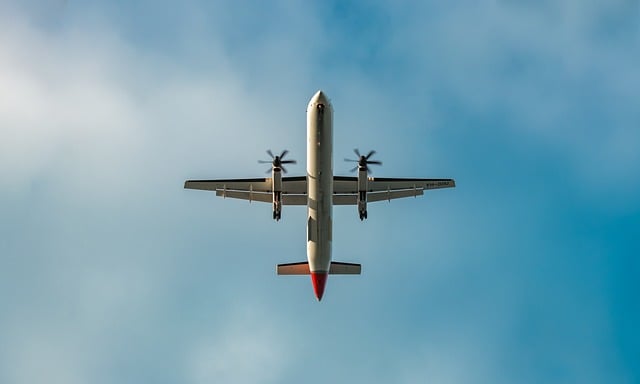This Content Is Only For Subscribers
The International Air Transport Association released data for March 2024 global passenger demand with the following highlights:
Total demand, measured in revenue passenger kilometers (RPKs), was up 13.8 per cent compared to March 2023. Total capacity, measured in available seat kilometers (ASK), was up 12.3 per cent year-on-year. The March load factor was 82.0 per cent (+1.0ppt compared to March 2023).
International demand rose 18.9 per cent compared to March 2023; capacity was up 18.8 per cent year-on-year and the load factor improved to 81.6 per cent (+0.1ppt on March 2023).
Domestic demand rose 6.6 per cent compared to March 2023; capacity was up 3.4 per cent year-on-year and the load factor was 82.6 per cent (+2.5ppt compared to March 2023).
“Demand for travel is strong,” says IATA director general Willie Walsh.
“And there is every indication that this should continue into the peak Northern Summer travel season. It is critical that we have the capacity to meet this demand and ensure a hassle-free travel experience for passengers.
“That means making urgent progress to resolve supply chain issues and for airports and air traffic management to be fully staffed and operating at maximum efficiency. While airlines are prepared for customer care and assistance when operational issues arise, they are fed-up of bearing the cost when delays and cancellations are the result of poor preparation in other parts of the value chain.”
Asia-Pacific airlines continue to lead with way, with a 38.5 per cent year-on-year increase in demand. Capacity increased 37.4 per cent year-on-year and the load factor rose to 85.6 per cent (+0.7ppt compared to March 2023), the highest among all regions. Major routes from Asia-Pacific display outstanding growth, although the number of scheduled air services from China to North America is still only 16.5 per cent of pre-pandemic levels.



